I’m enjoying this movie… but… I can’t help wondering how this would have played out of it had had French actors instead of American actors. These people just don’t seem… intriguing? Especially the guys. And since so much of this seems improvised, that’s a problem.
OK, I’m getting into this now.
Yeah, whenever the two guys are on screen, it just gets less interesting. It’s like they’re trying to make things TotAlly KooKy, and instead it just gets… community theatre.
Oh, the two guys are the people who wrote the music for Hair.
There’s the germ of a brilliant movie in here. The meta stuff is a lot of fun. But then it goes into long improvised scenes that aren’t… thrilling… and Varda gets bored herself with the actors and does quick fast-forwards and stuff, and that’s fun, too, but it doesn’t really fix the major problem here: That the Hair guys are really boring.
Hehe. Shirley refuses to do the movie, so Agnés has to step in instead.
No, Shirley’s back!
I love this scene.
The ending here is just amazing. Brilliant. But that’s the thing with this movie: It has these shockingly vivid scenes that makes me go “THIS IS THE BEST MOVIE EVER” and then there’s two more scenes with the Hair guys that… do not… work.
So this is a thrilling movie. In parts. Those parts really make it worthwhile to watch this, but overall it’s not that compelling. So:
Lions Love… and Lies. Agnés Varda. 1969.
This blog post is part of the Eclipse series.



























































































%3A+Gala)
%3A+Spooky)
%3A+Split)
%3A+Lovelife)
%3A+Topolino)

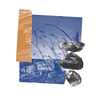
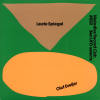






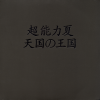

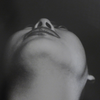

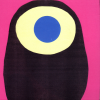
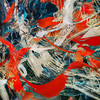


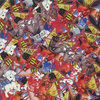


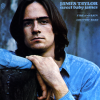
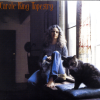
)

)
%3A+Erik+Friedlander+and+Michael+Nicolas)
%3A+In+the+Court+Of+The+Crimson+King)
%3A+Extraterrestrial+Masters)
)
)




















